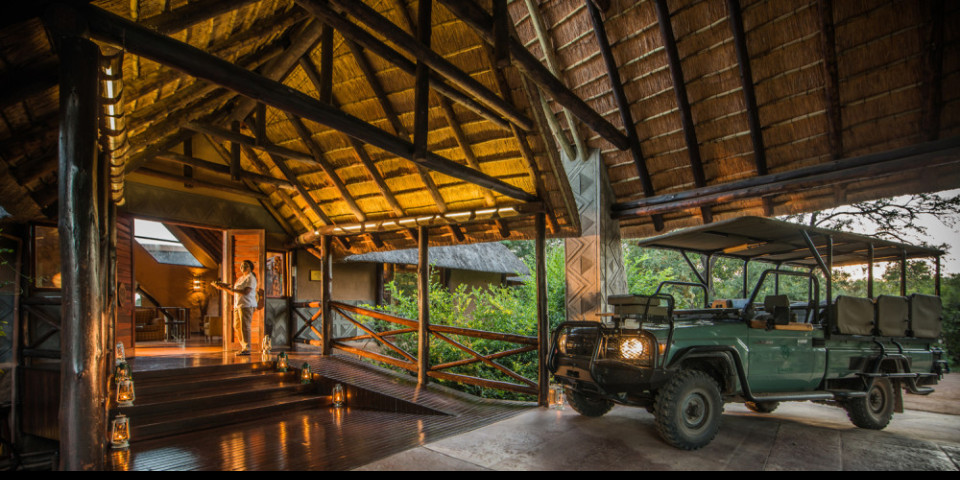
Safari Tours to Kruger NP
-

4-Day Unforgettable Kruger Park Safari & Panorama Tour
$844 pp (USD)
South Africa: Shared tour (max 6 people per vehicle)Hotel
You Visit: Johannesburg (Start), Southern Kruger, Kruger NP, Panorama Route (Highlight), Nelspruit (End)

Elephant Herd Tours & Safaris
4.8/5 – 90 Reviews
-

5-Day Luxury Kruger Park and Sabi Sand Safari
$2,921 pp (USD)
South Africa: Private tourLodge & Chalet
You Visit: Johannesburg (Start), Kruger NP, Sabi Sands (Greater Kruger), Johannesburg (End)

Safari.com
4.7/5 – 186 Reviews
-
![5-Day Kruger Park and Manyeleti Bongan African Lodge]()
5-Day Kruger Park and Manyeleti Bongan African Lodge
$838 pp (USD)
South Africa: Shared tour (max 12 people per vehicle)Lodge
You Visit: Johannesburg (Start), Manyeleti GR (Greater Kruger), Central Kruger, Blyde River Canyon (Panorama Route), Kruger NP, Johannesburg (End)

Bongan Safaris
4.9/5 – 18 Reviews

 South Africa Parks
South Africa Parks

















